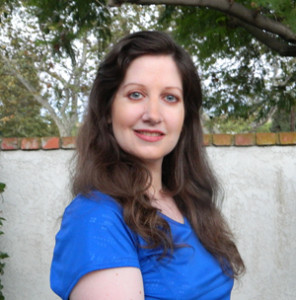The Power of Collaboration in the Quest for Cure
Let’s start with four statements I’m willing to call facts:
1. Chronic disease afflicts the majority of American adults over the age of 45.
2. People with chronic disease choose a visit with an allopathic physician (conventional medicine) as their first course of action.
3. A pharmaceutical prescription is the first course of action after linking symptoms and biomarkers to a commonly diagnosed disease (type 2 diabetes, hypothyroidism, hypertension, hypercholesterolemia, etc.).






 Maximizing success in life and in business is dependent upon a complete relationship. To optimize your success you must see your time away from others just as important as the time you spend with them.
Maximizing success in life and in business is dependent upon a complete relationship. To optimize your success you must see your time away from others just as important as the time you spend with them. Our exercises also involved hand-eye coordination, such as tossing and catching an under-inflated ball to each other, as I kept running to different parts of the room so that Ray was challenged to located me and then throw the ball in my direction. We also used the under-inflated ball with Ray in a seated position, as he placed the ball between his ankles and lifted it with his legs. Ray was also able to perform basic strength training exercises with free weights, such as bicep curls, hammer curls and chest flys. He was getting stronger and was now able to remove his leg brace and walk for short periods of time. I was amazed at what I was seeing.
Our exercises also involved hand-eye coordination, such as tossing and catching an under-inflated ball to each other, as I kept running to different parts of the room so that Ray was challenged to located me and then throw the ball in my direction. We also used the under-inflated ball with Ray in a seated position, as he placed the ball between his ankles and lifted it with his legs. Ray was also able to perform basic strength training exercises with free weights, such as bicep curls, hammer curls and chest flys. He was getting stronger and was now able to remove his leg brace and walk for short periods of time. I was amazed at what I was seeing. With a degree in Mass Communications/Broadcast Journalism, Julia has written for national magazines, interviewing actors Tony Danza (Who’s the Boss?), Joe Mantegna (“Criminal Minds”) and Paul Sorvino (“Law & Order”). Julia has written restaurant reviews, cookbook reviews, professional biographies, award show brochures, press releases and promotional pieces. She edited the book “Helping Hilda,” and has written educational columns for a dentist and chiropractor. In the voice industry, Julia narrated books on tape, on-hold voice messaging systems, radio sound bites, and cable television. Her degree in Broadcast Journalism allows her to write scripts as well as narrate them.
With a degree in Mass Communications/Broadcast Journalism, Julia has written for national magazines, interviewing actors Tony Danza (Who’s the Boss?), Joe Mantegna (“Criminal Minds”) and Paul Sorvino (“Law & Order”). Julia has written restaurant reviews, cookbook reviews, professional biographies, award show brochures, press releases and promotional pieces. She edited the book “Helping Hilda,” and has written educational columns for a dentist and chiropractor. In the voice industry, Julia narrated books on tape, on-hold voice messaging systems, radio sound bites, and cable television. Her degree in Broadcast Journalism allows her to write scripts as well as narrate them.
 STEP 2: Realize you are an individual
STEP 2: Realize you are an individual

 was very excited when I found Lisa because she specializes in working with people with chronic illnesses. Lisa studied my condition and planned out strategic workouts to ensure that our time together is most effective for my health. She is patient with me but also pushes me to work harder and do more than I ever thought I could.
was very excited when I found Lisa because she specializes in working with people with chronic illnesses. Lisa studied my condition and planned out strategic workouts to ensure that our time together is most effective for my health. She is patient with me but also pushes me to work harder and do more than I ever thought I could.